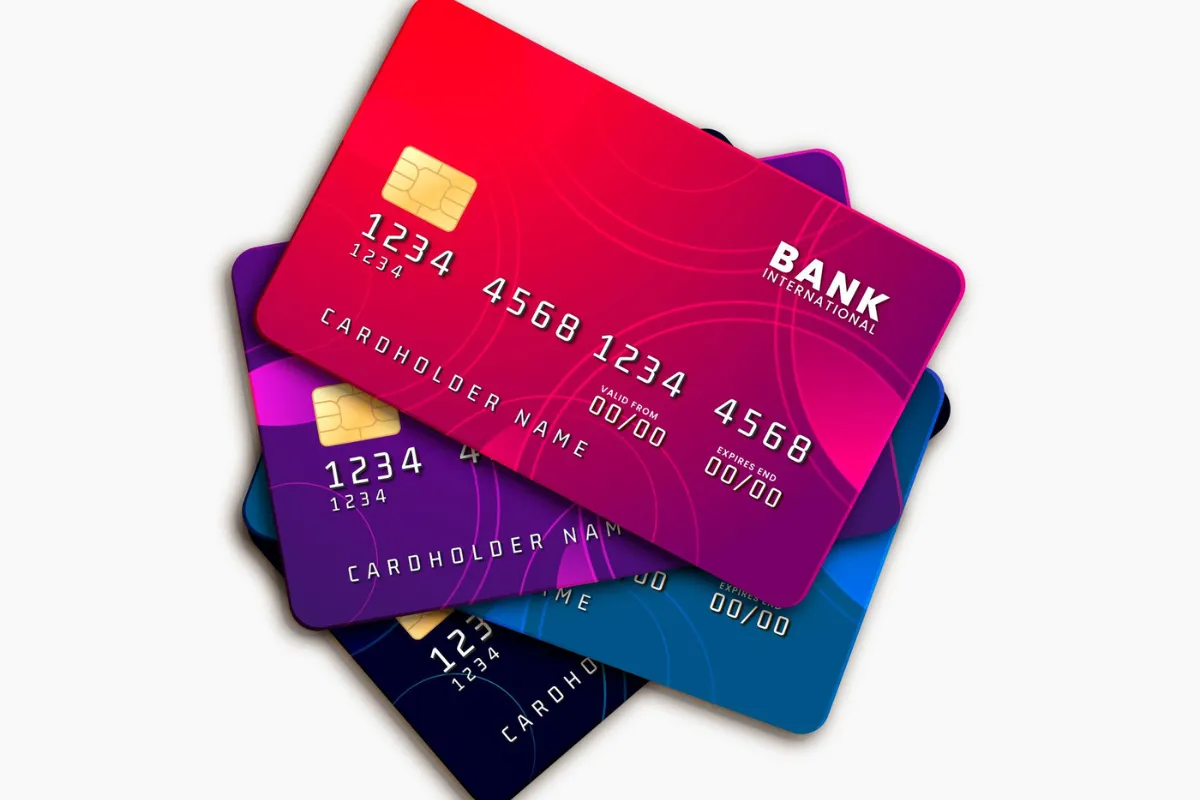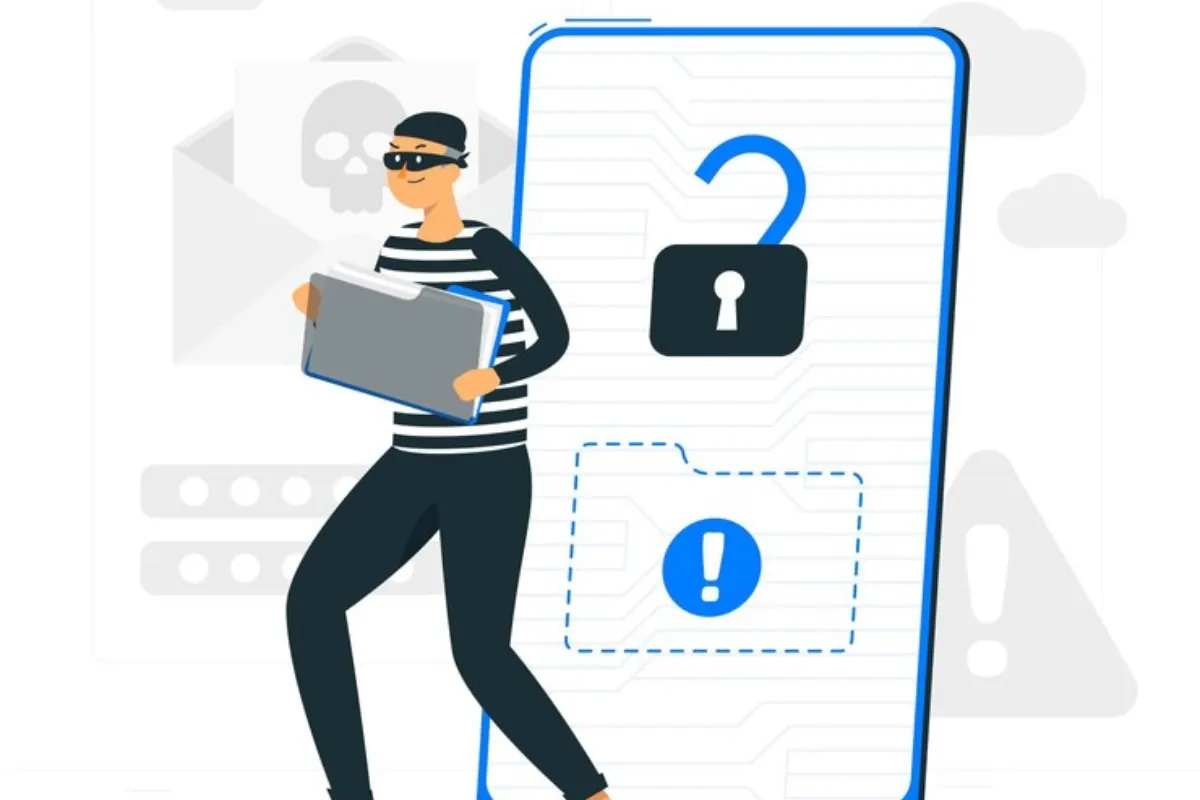Deepfake Fraud Alert: As technology advances, so do the threats it brings. One such menace that has gained prominence in recent years is deepfake fraud. Deepfakes are manipulated videos or images created using artificial intelligence, which can make people appear to say or do things they never did. As technology adoption is rapidly increasing, it’s crucial to stay vigilant against such scams. Let’s delve deeper into common deepfake scams and how to protect yourself.
Common Deepfake Scams
- Impersonation Scams: Scammers can use deepfakes to impersonate someone you trust, like a family member, friend, colleague, or even a public figure. They might contact you through various channels, like phone calls, messages, or social media, and request money, personal information, or ask you to click on malicious links.
- CEO Fraud: In this scam, deepfakes are used to mimic the voice or video of a company’s CEO. The scammer then contacts employees via email or phone, often with a sense of urgency, and instructs them to transfer funds or share sensitive information.
- Romance Scams: Deepfakes can be used to create fake online profiles, often using the image or voice of someone attractive. These profiles are then used to build relationships with victims online and eventually manipulate them into sending money or sharing personal details.
- Finance Scams: Deepfakes can be used to create fake investment opportunities. For example, a deepfake video of a renowned economist endorsing a specific investment could be used to trick people into investing in a fraudulent scheme.
- Fake Video Scams: Deepfakes can be used to create fake news videos or propaganda. These videos can be used to spread misinformation, damage reputations, or even incite violence.
- Fake Audio Scams: Deepfakes can be used to create fake audio recordings of political leaders, celebrities, or other public figures. These recordings can be used to manipulate public opinion or disrupt political campaigns.
- Political Manipulation: Deepfakes can be used to create videos or audio recordings that make politicians say things they never did. This can be used to sow discord, damage reputations, or influence elections.
How to Spot a Deepfake
While deepfakes can be very convincing, there are some signs you can look out for:
- Unnatural movements or facial expressions: Pay close attention to how the person in the video is moving and speaking. Does anything seem off-sync or unnatural?
- Poor audio quality: Deepfakes often have subtle audio glitches or inconsistencies, especially around the mouth area.
- Blurry or low-resolution images: Deepfakes might have blurry or pixelated areas, particularly around the edges of the face or body.
- Uncharacteristic behavior: If the person in the video or audio is saying or doing something that seems out of character for them, be cautious.
- Out-of-context situations: If the situation in the video or audio recording seems strange or unexpected, question its authenticity.
Protecting Yourself from Deepfake Scams
- Be skeptical of unsolicited requests: Never share money, personal information, or click on suspicious links based on unsolicited requests, even if they seem to come from someone you know.
- Verify the source: If you receive a message or call from someone claiming to be someone you know, try contacting them through a different channel, like a phone call or video chat, to confirm their identity.
- Be mindful of what you share online: The less personal information you share online, the harder it is for scammers to create convincing deepfakes of you.
- Use strong passwords and enable multi-factor authentication: This adds an extra layer of security to your online accounts, making it harder for scammers to gain access even if they obtain your login credentials.
- Stay informed: Keep yourself updated on the latest deepfake scams and how to identify them.
By staying vigilant and aware of these tactics, you can protect yourself from falling victim to deepfake scams and keep your personal information and finances safe.












